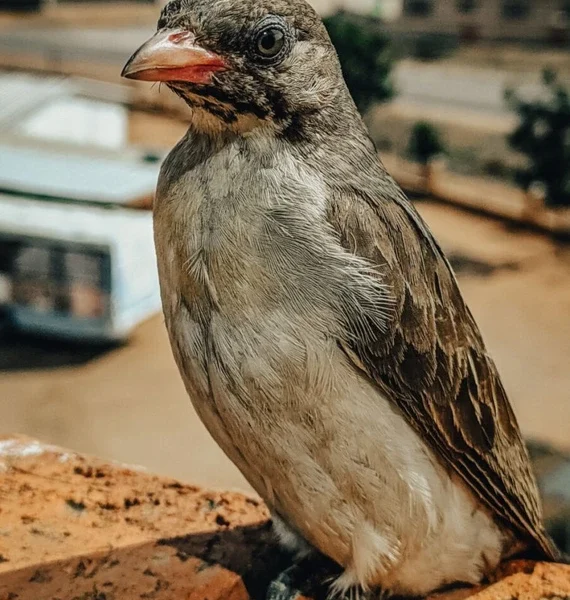This Bird is Like a GPS for Honey
Humans have made remarkable technological advances, yet we have not lost touch with nature entirely. In some parts of Africa, people rely on a guide more effective than any GPS system to locate beeswax and honey – the Greater honeyguide, scientifically known as Indicator indicator, has formed a unique relationship with the Hadza people of Tanzania and the Yao people of Mozambique. These indigenous groups have mastered the art of communicating with the honeyguide through distinct calls, and in return, the bird leads them to beehives.
Despite the proliferation of technology, the harmony between humans and the natural world prevails, as evidenced by the remarkable partnership between the honeyguide and indigenous African communities.
Interspecies Communication: The Language of the honeyguide
Zoologist Claire Spottiswoode of the University of Cambridge and anthropologist Brian Wood of UCLA delved into understanding how the Greater honeyguide responds to human calls. Their research revealed that the bird is highly attuned to local human calls, recognizing specific sounds from each community. For instance, the Yao people’s distinct “brrrr-hm” trill differs from the melodic whistle of the Hadza people.
Furthermore, the study discovered that the honeyguide‘s response was significantly influenced by the familiarity of the human call, highlighting the bird’s ability to discern and react to regional variations.
This insight sheds light on the intricate communication and cooperation between the honeyguide and indigenous communities, showcasing the depth of interspecies relationships.
Evolution of Interspecies Communication
The distinct calls employed by the Hadza and Yao tribes reflect their unique cultural traditions and environmental adaptations. The Hadza, adept hunters of animals, utilize whistles to communicate with honeyguides, mimicking birds to attract the guides and pursue prey undetected. In contrast, the Yao people, primarily engaged in agriculture and fishing, employ human vocalizations to summon honeyguides, as their livelihood does not involve hunting and necessitates the need to avoid potential threats.
These findings underscore the influence of cultural diversity on communication with the honeyguide and offer intriguing insights into the evolution of interspecies relationships.
The cultural and environmental contexts of indigenous tribes have evidently shaped their communication practices with the honeyguide, exemplifying the profound impact of cultural diversity on inter-species communication patterns.
Implications and Significance
The remarkable collaboration between the Greater Honeyguide and indigenous African communities showcases the deep-rooted connection between humans and the natural world. This mutual understanding and cooperation offer invaluable insights into the intricate ways in which humans and animals communicate and collaborate, shedding light on the significance of cultural diversity and its role in shaping interspecies relationships. This partnership extends beyond mere coexistence, underscoring the nuanced and enduring bond between humans and the animal kingdom.
The profound implications of interspecies communication are evident in the honeyguide’s ability to learn and adapt to the unique cultural traditions and practices of the indigenous tribes, signifying the remarkable adaptability and intelligence of the natural world.
The honeyguide’s remarkable aptitude for partnership, combined with its distinct ability to respond to human calls, underscores the remarkable intricacies of interspecies communication and the profound impact of cultural traditions on the natural world.
Source: arstechnica








No Comments